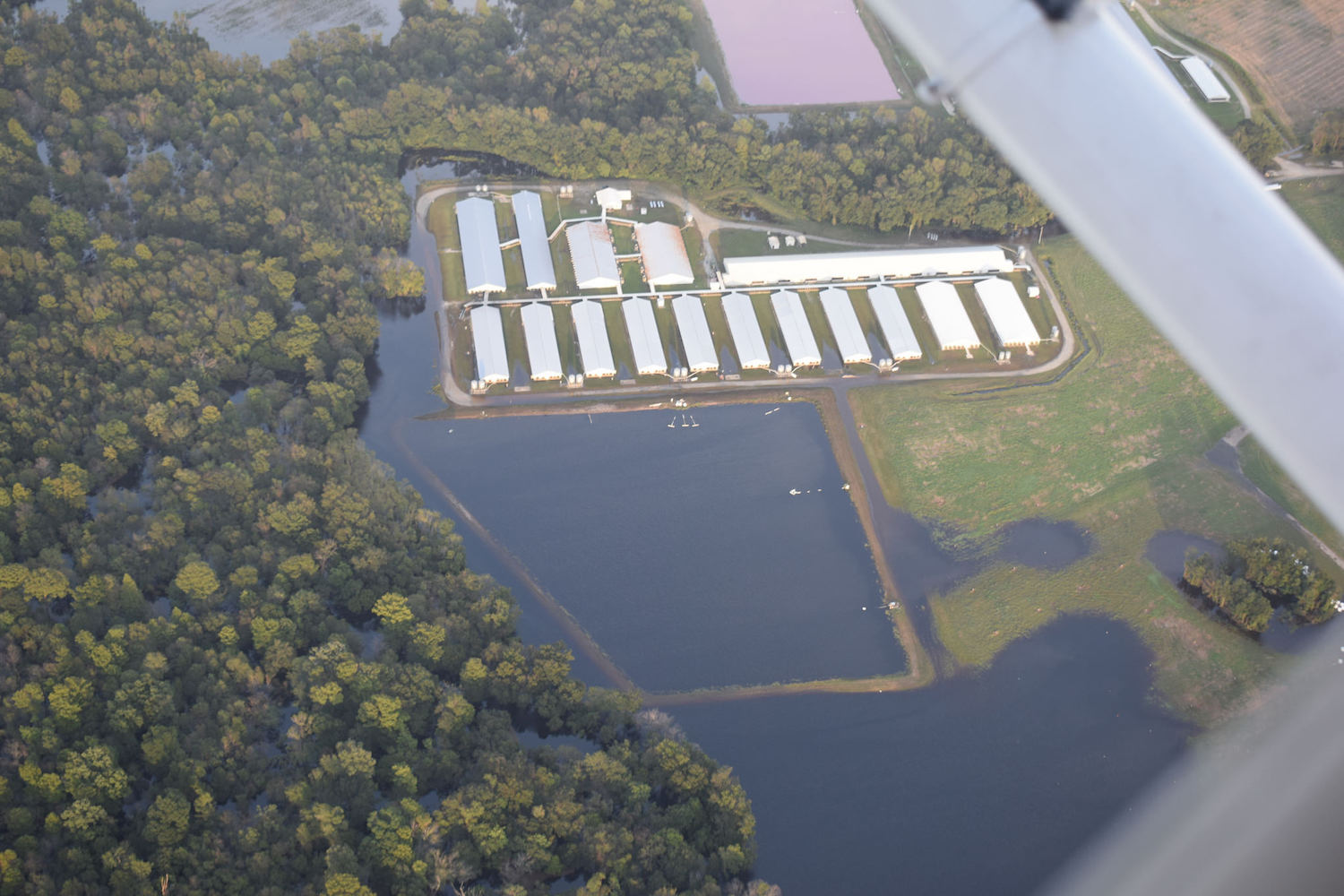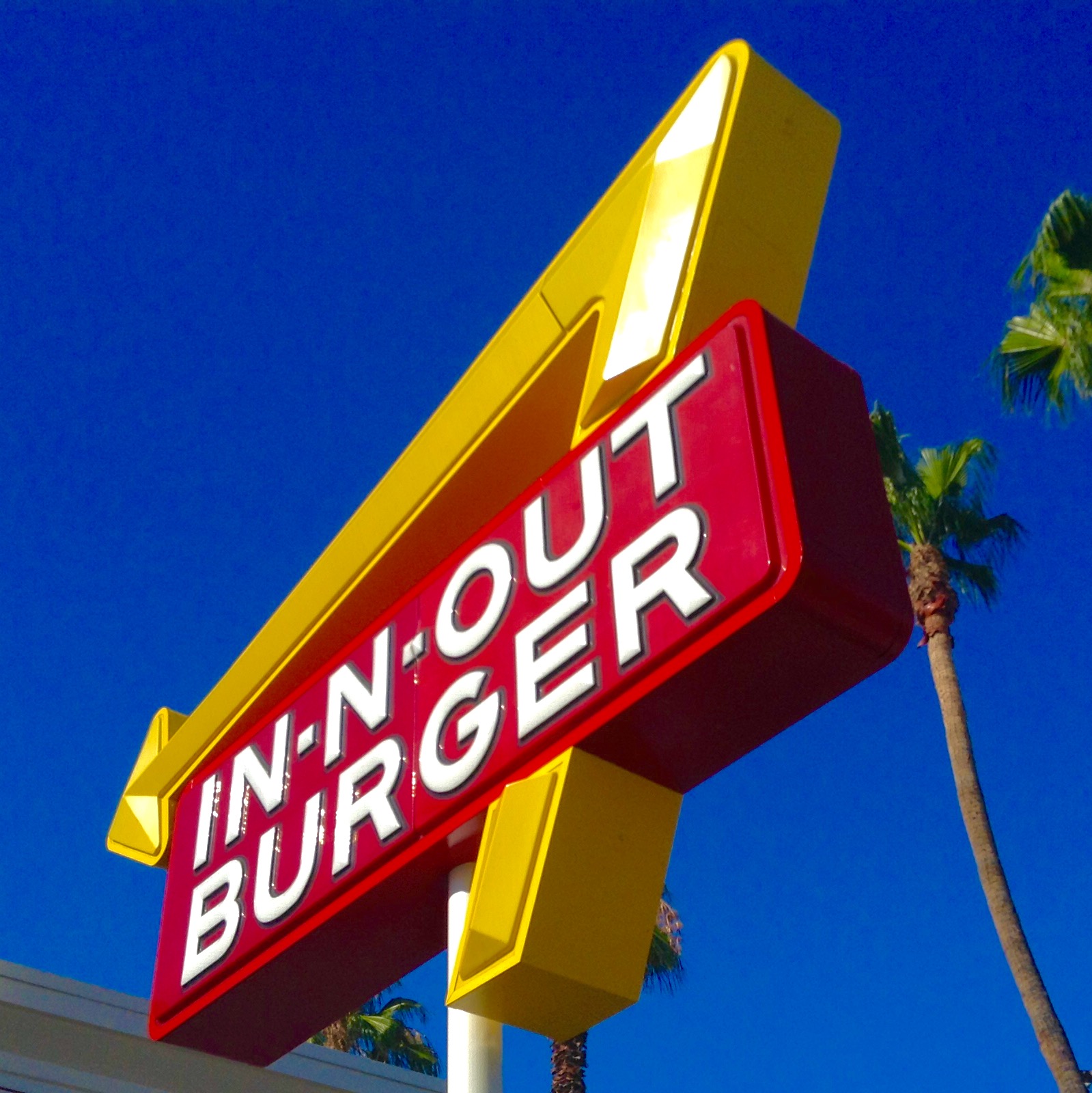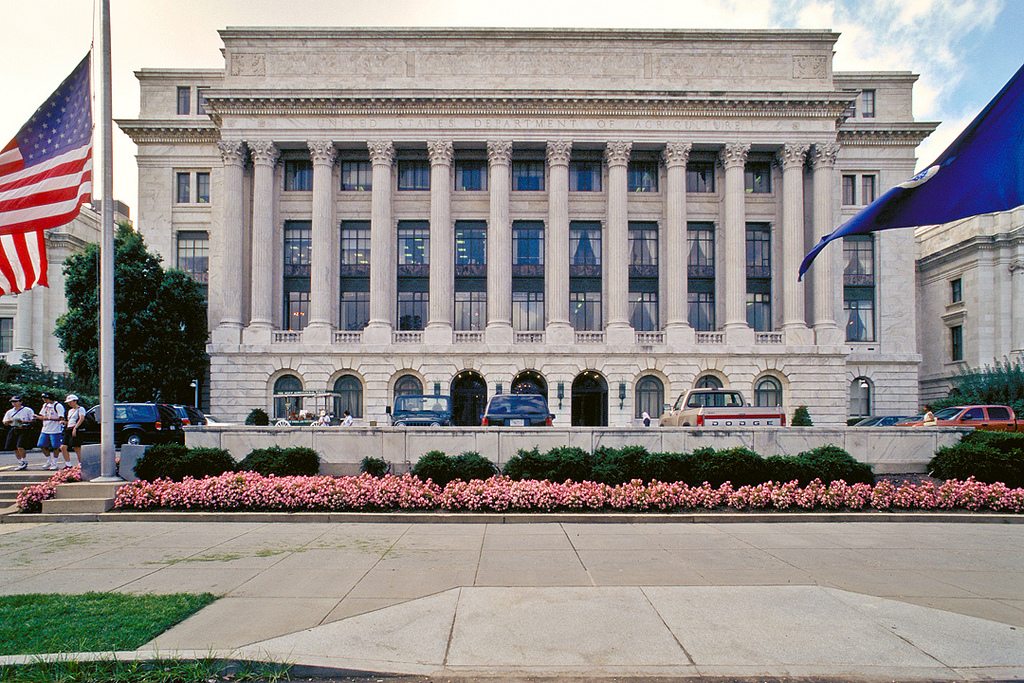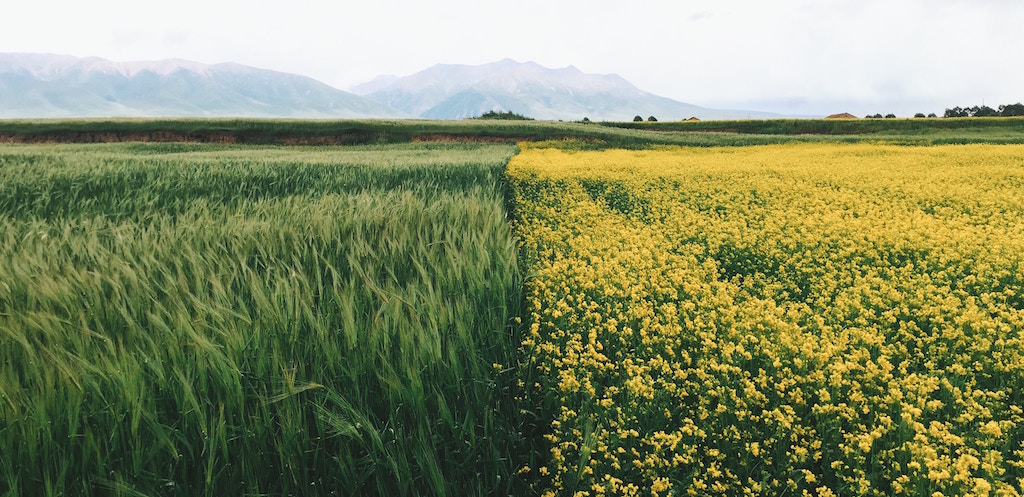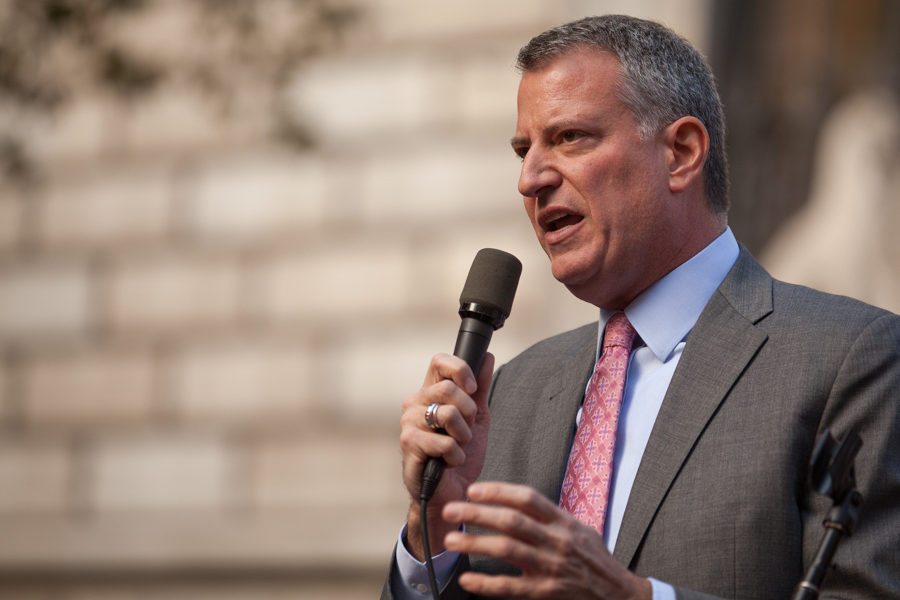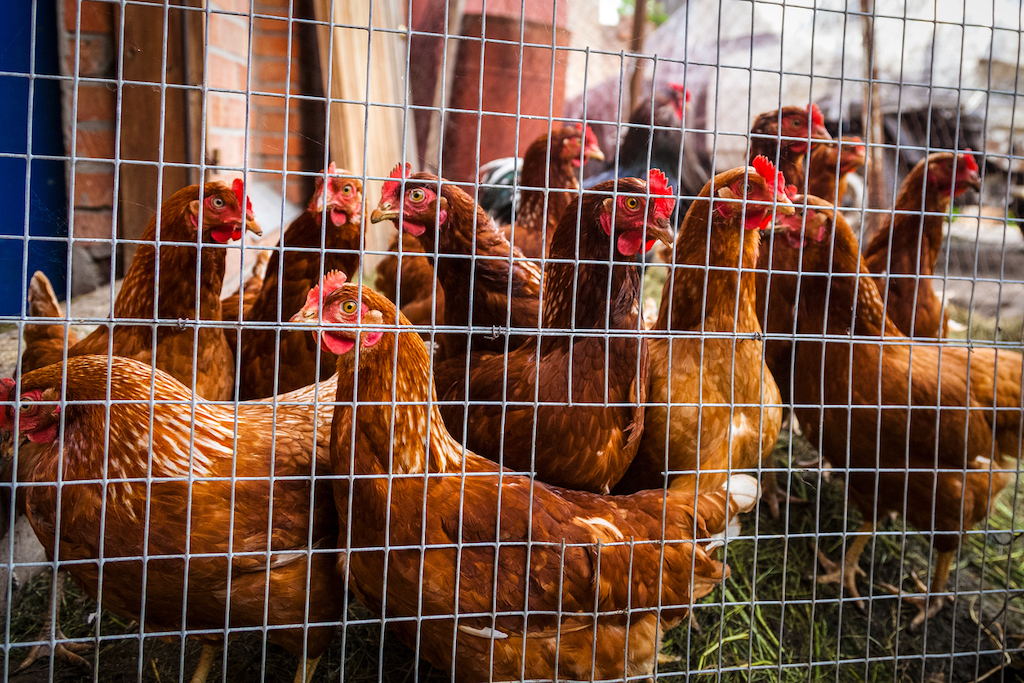
Vitalij Sova/iStock
Washington Governor and Democratic presidential hopeful Jay Inslee on Tuesday signed into law a bill that will require eggs sold in the state to come from cage-free hens by the end of 2023.
According to the bill’s language, the new law aims to “protect the health and welfare of consumers, promote food safety, advance animal welfare, and protect against the negative fiscal effects on the state associated with the lack of effective regulation of egg production and sales.”
But a closer look reveals that the egg industry’s own interests may have played a significant role in the bill’s passage.
Washington’s bill comes on the heels of a 2018 ballot initiative passed in California, known as Proposition 12, the language of which was drafted by the Humane Society of the United States (HSUS). The two state laws have nearly identical parameters regarding cage-free commercial egg sales; the only substantive difference is the date on which they take effect.
Like many other labels used in food marketing, there’s no regulated, universally agreed upon definition for the term “cage-free.” Instead, both Washington’s bill and California’s initiatives were designed to reflect the 2017 cage-free guidelines established by United Egg Producers (UEP), a major lobbying group representing egg farmers.
As such, both laws mandate, at a minimum, between 1 and 1.5 square feet of space per laying hen. Specific footage requirements vary based on housing system type. For example, because of the vertical space they provide, multi-tiered housing systems have smaller square footage requirements. Both laws also require that laying hens have room to roam unrestricted and space to exhibit normal chicken behaviors, like dust-bathing, nesting, and scratching.
The bill’s numerous references to UEP’s standards made us wonder: How much of the cage-free egg law, which claims to improve human and animal health and welfare, was shaped by the egg industry’s interests? And why were HSUS and Big Egg working toward the same ends?
Josh Balk, vice-president of farm animal protection at HSUS, said that UEP wasn’t involved in the development of Washington’s cage-free egg bill. (A request to UEP for comment about its involvement was not answered.) However, Democratic Representative Brian Blake told me that he became the primary sponsor of the bill only after HSUS and a lobbyist for the state’s egg producers jointly approached him and asked him to push it forward.
“It’s fairly rare that folks that are at odds come to the legislature with a fairly well worked out, agreed-to legislation,” Blake said in a phone interview. “And so I was happy to sponsor the bill and move the issue forward.”
Blake’s bill passed in both the house and the senate with bipartisan support, which is seldom the case with animal welfare bills. Blake told me that the lobbyist who spearheaded the cage-free egg law is a man named Dan Coyne. I was able to confirm, through records made available by Washington’s public disclosure commission, that Coyne was paid for his work by Food Northwest, a trade group representing Washington-based food producers, including egg farmers.
It may seem strange for animal welfare standards to be dictated in part by the farmers who must adhere to them in order to do business. But this isn’t the first time that rule-making regarding egg production in Washington has been designed by producers and animal welfare advocates in tandem.
In 2011, HSUS nixed its own ballot initiative that would have mandated cage-free egg farming in Washington state as early as 2016, after agreeing to divert its attention to crafting a national cage-free egg law in collaboration with none other than the UEP. This was despite the fact that the initiative had already collected 350,000 signatures from Washington voters, well over the number needed to appear on the ballot, The Seattle Times reported at the time.
A national cage-free egg law never materialized. Meanwhile, a patchwork of anti-confinement bills has taken hold on a state-by-state basis. Which brings us to where we are today. Eight years later, a cage-free egg law is now on the books in Washington, codifying animal welfare standards for a fraught industry.
There are plenty of reasons why egg producers would want to be involved with the development of cage-free egg laws. For one, there is an awareness that eaters are increasingly concerned about animal welfare, and willing to pay a premium for humanely-raised animal products. In turn, fast-food retailers from McDonald’s to Panera Bread have pledged, like dominos falling one after another, to go cage-free in recent years. Some major egg-producing states have tried to sue cage-free laws out of existence claiming they hamstring competition, but those efforts have largely failed.
By playing an active role in shaping what “cage-free” means, the industry gets to dictate the terms of production going forward. As my colleague Sam Bloch reported right before Proposition 12 passed, some of the initiative’s most vocal opponents were animal welfare activists who felt that it was a toothless proposal that made too many concessions to producers.
If you recall, Washington’s new cage-free egg bill is basically identical to Proposition 12. Perhaps part of its passage really was rooted in evolving eater preferences and concern for animal welfare. But hidden in the legislation is the fact that it was largely shaped by the egg industry itself—and that goes a long way.

